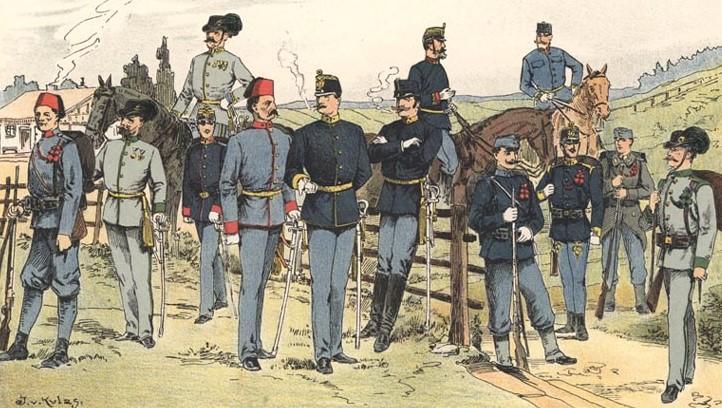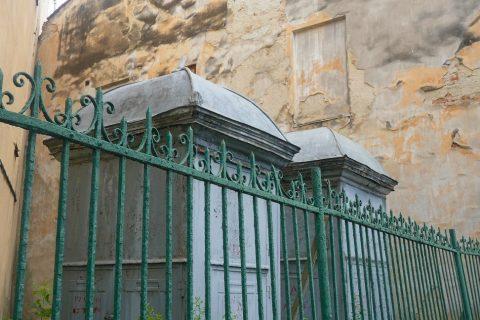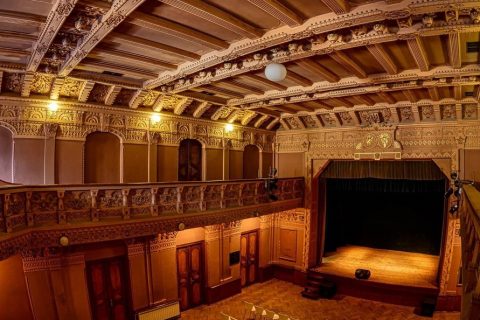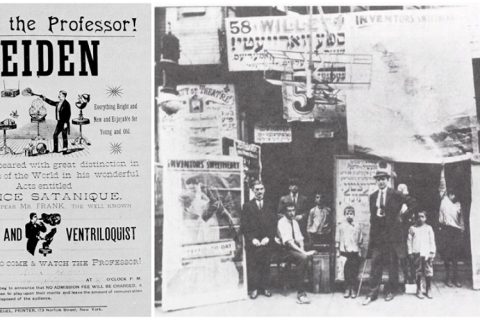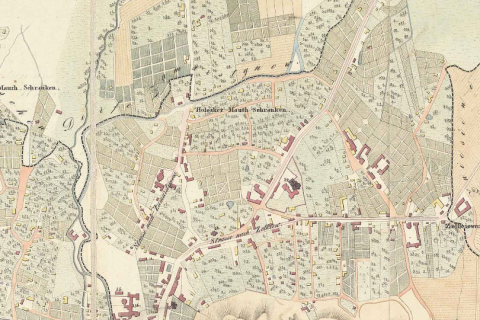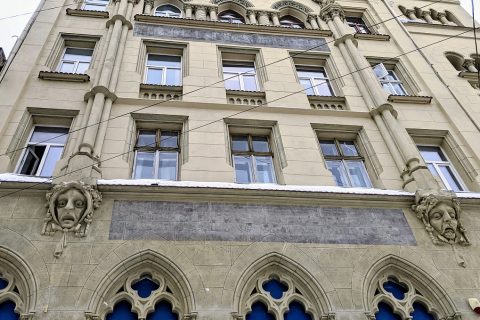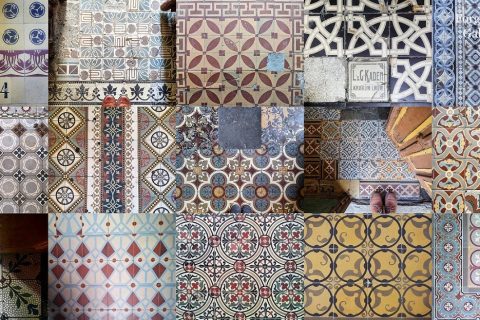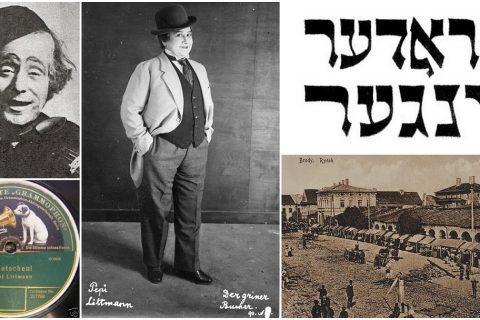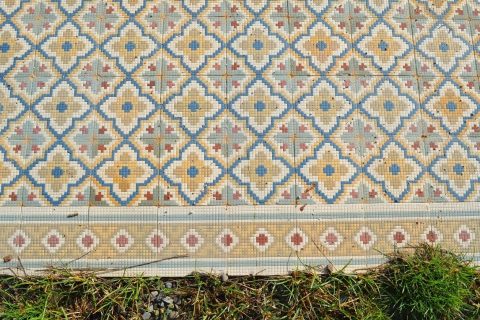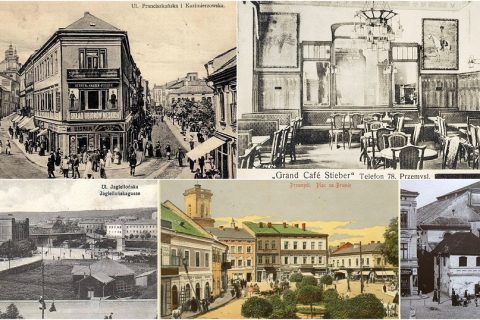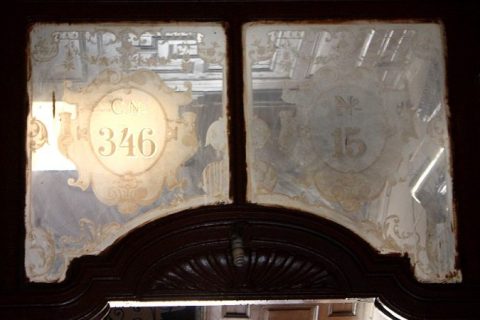Galician Military Units of the Austrian-Hungarian Empire
By Evan Samborski Through dangerous gamesmanship of its nationalism policy by mixing concessions with brutally underhanded tactics to manage competing national projects, the Austrian-Hungarian Empire cultivated a great deal of conscription units from the territory of Galicia prior to, and through World War One. The course of dedication to state […]
Read More
